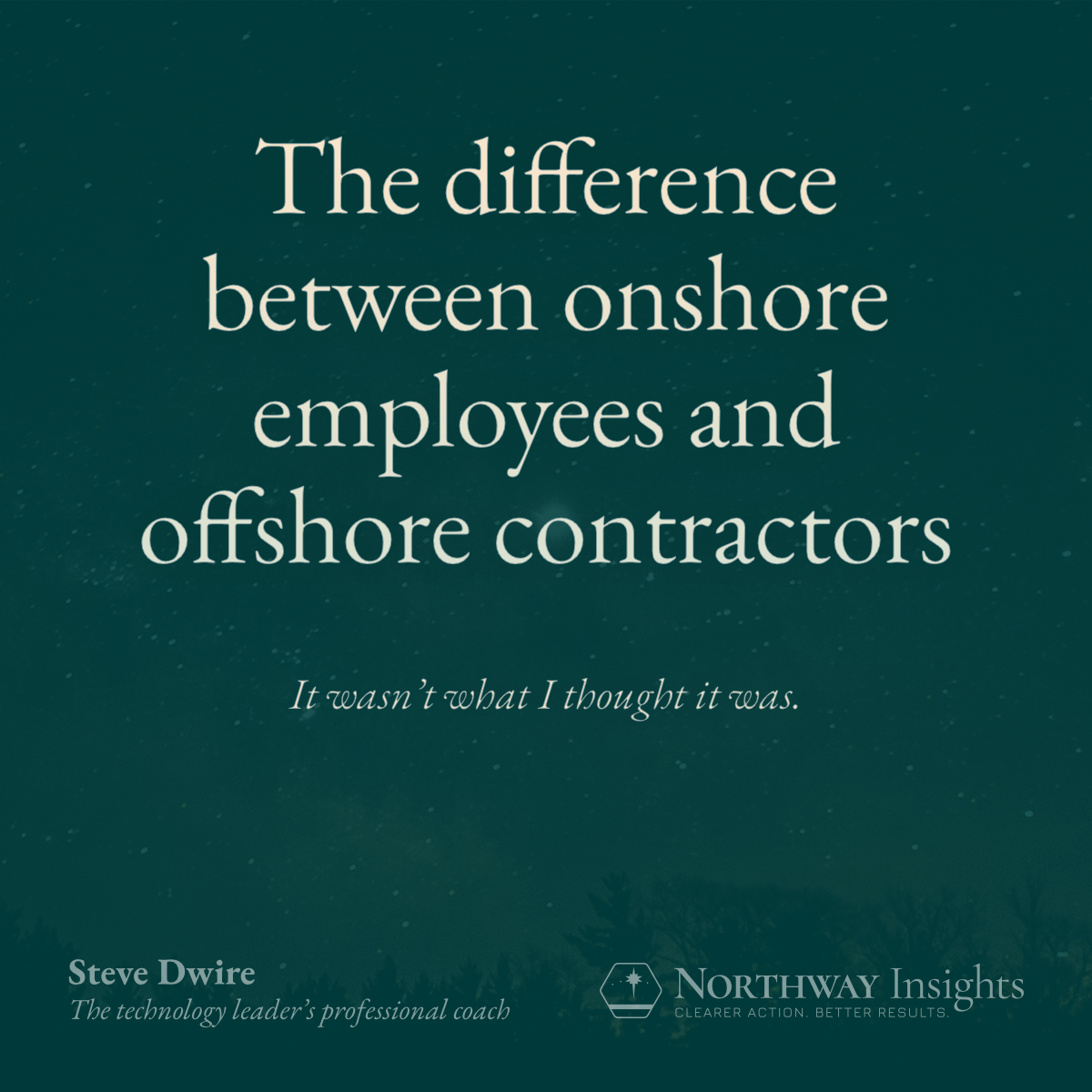Worker turnover had never been one of my biggest challenges until about mid-way through my leadership career growth.
But then, I accepted a new role in which one of my teams included over a dozen software testers. Most of them came to us through a relationship with a contracting company and lived on the other side of the globe.
One of our challenges was that we would train a new team member on our software, and just as they started to understand it, they would leave for another assignment. We had tried complaining about turnover to the contracting company, but we didn’t see much change.
These weren’t our employees, so I didn’t know what we could do.
As I shared my dilemma with my boss in a one-on-one he made an observation that made me facepalm.
“In a work environment, your offshore contractors want the same thing your full-time employees want.”
❤️ They want to do work that matters.
❤️ They want leaders who treat them like valuable individuals.
❤️ They want meaningful feedback on how well they’re doing their work.
In that moment, I realized that we hadn’t — that I hadn’t — been giving them what every worker wants. Because they were contractors on another continent, I had dismissed them. I assumed the contracting company was responsible for keeping them happy.
But they were on my team, doing my company’s work.
Their job satisfaction was my responsibility.
And so was their turnover rate.
So I made it a point to get to know them. I engaged them in regular video calls and called them by name in group staff meetings. I did the best I knew how at the time to treat them with the same respect and honor that I treated our local full-time employees.
Our turnover the next year reduced by 80%.
It didn’t cost us any money. I just had to learn that what I thought was a difference between onshore employees and offshore contractors … wasn’t.


Leave a Reply